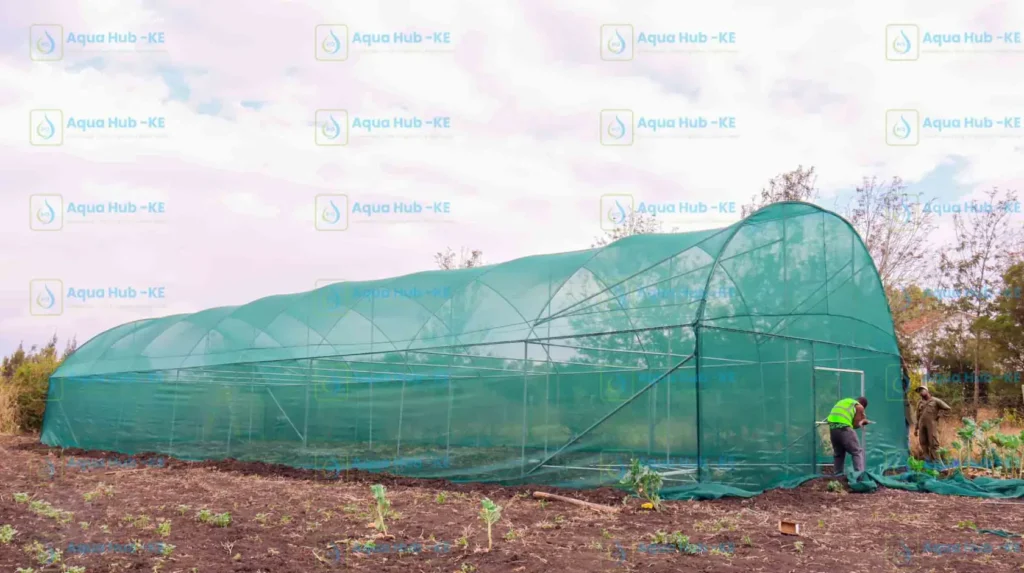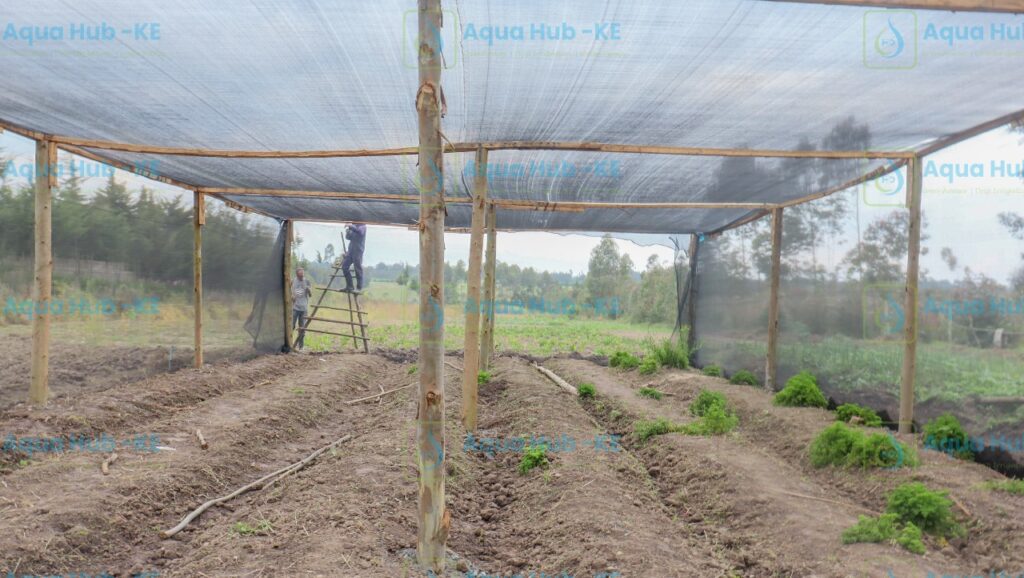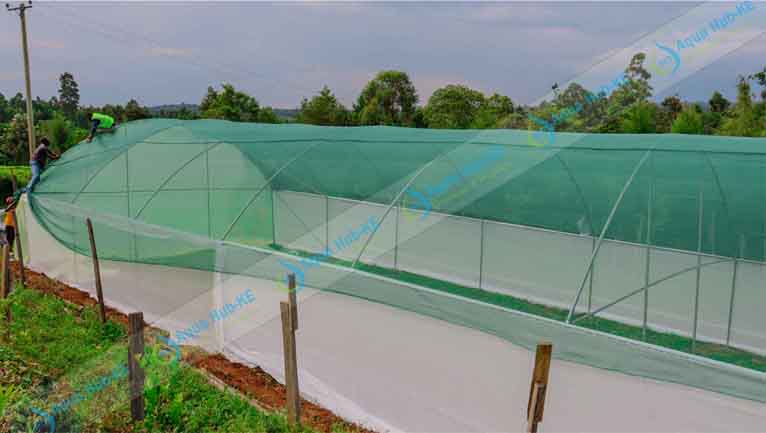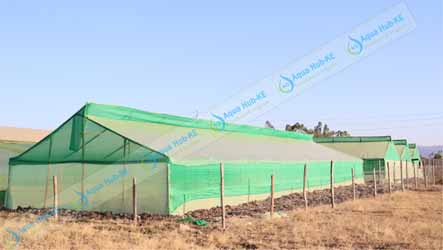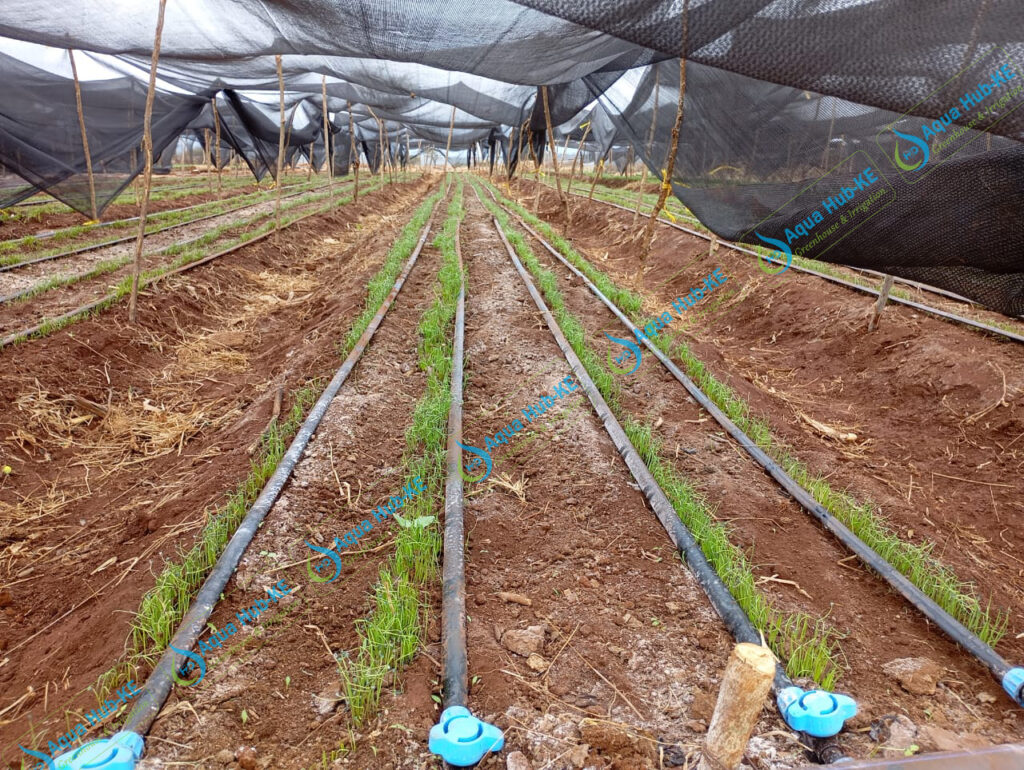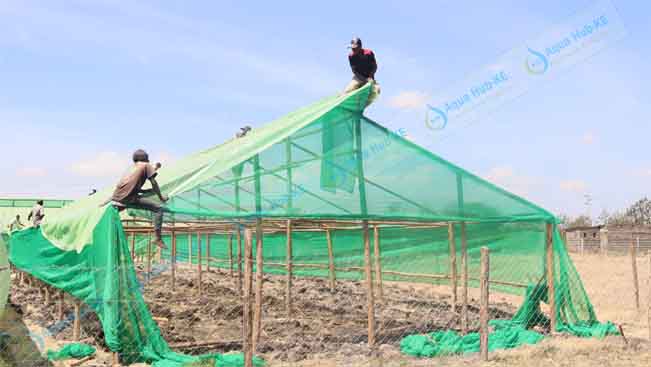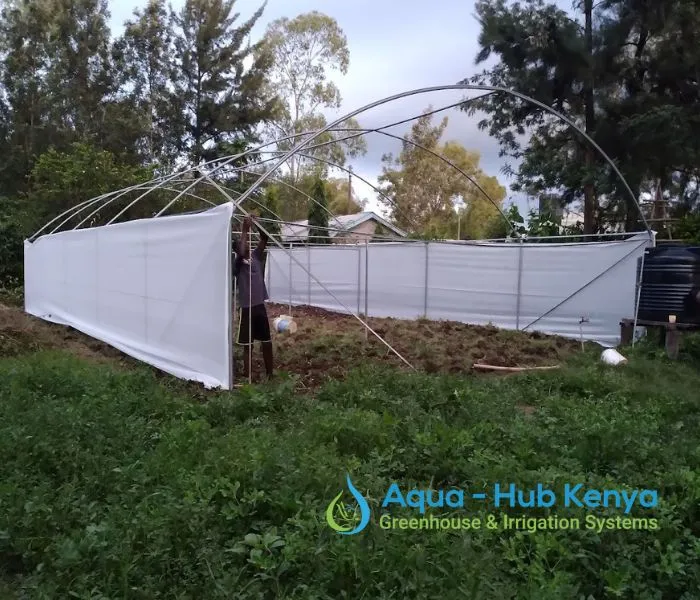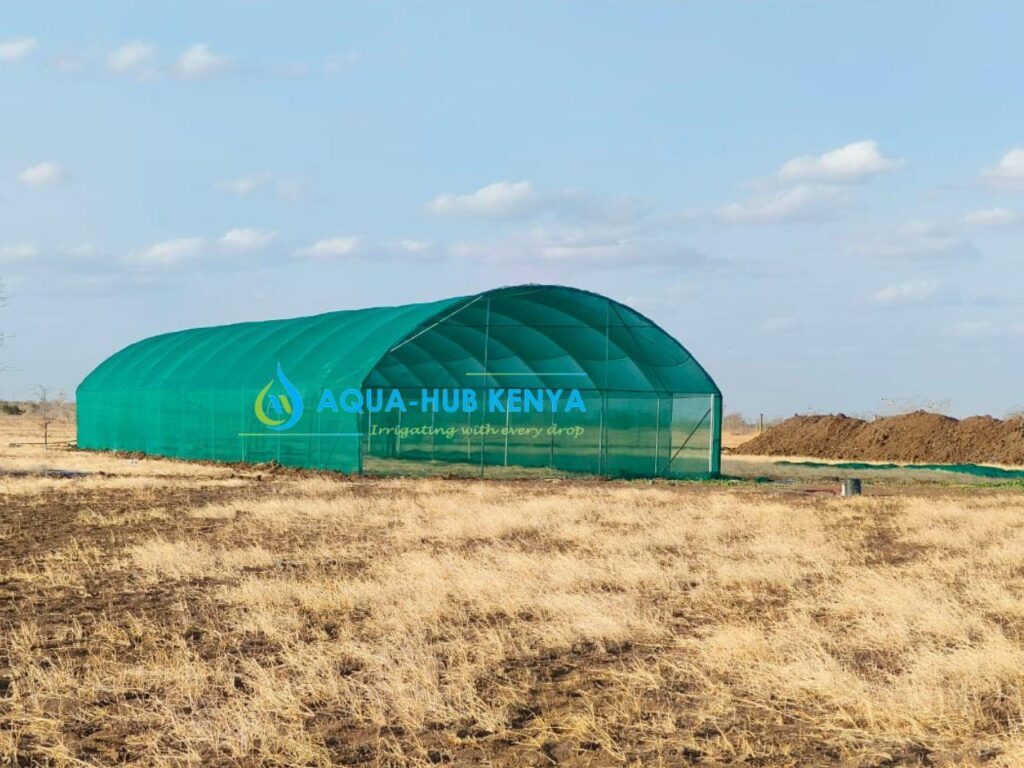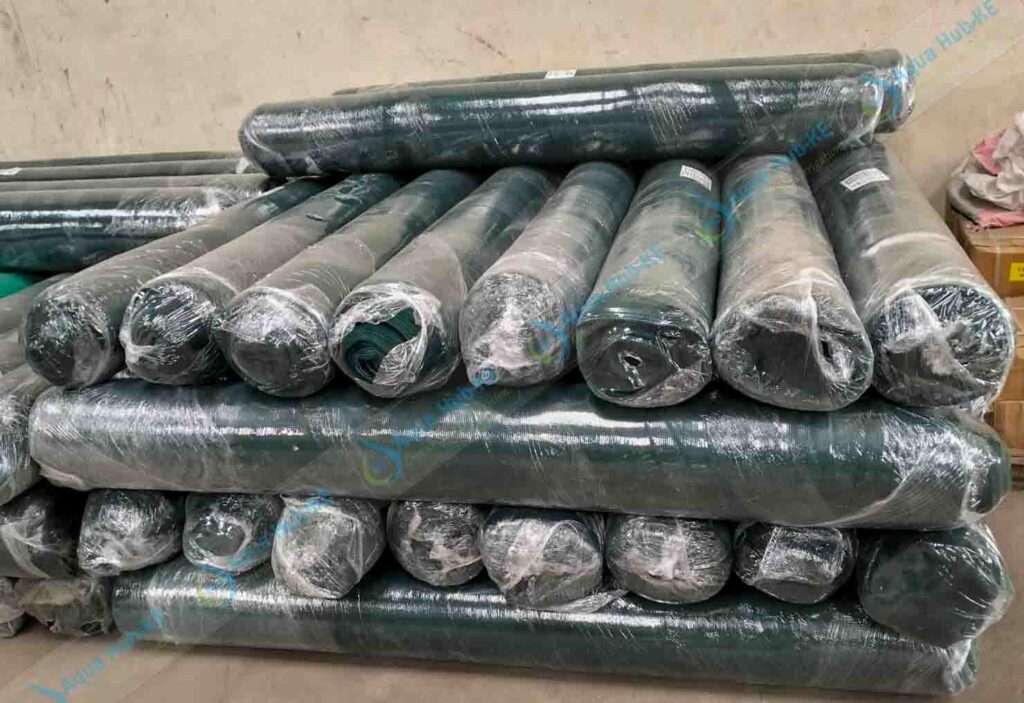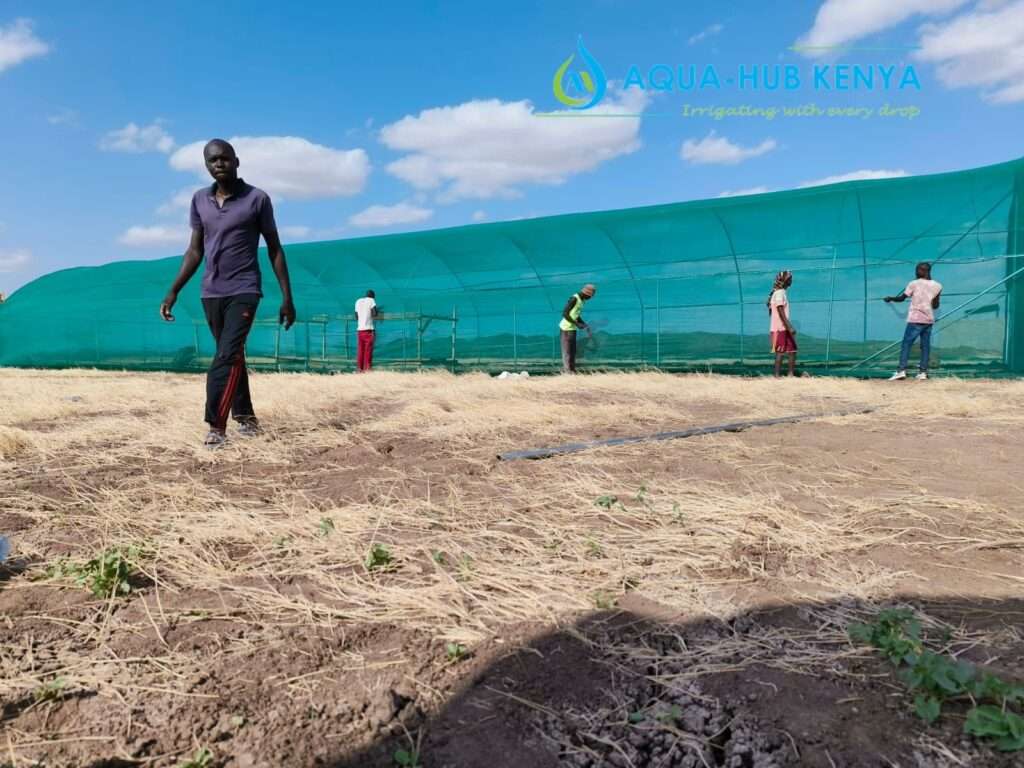Blog
Shade Net Prices in Kenya
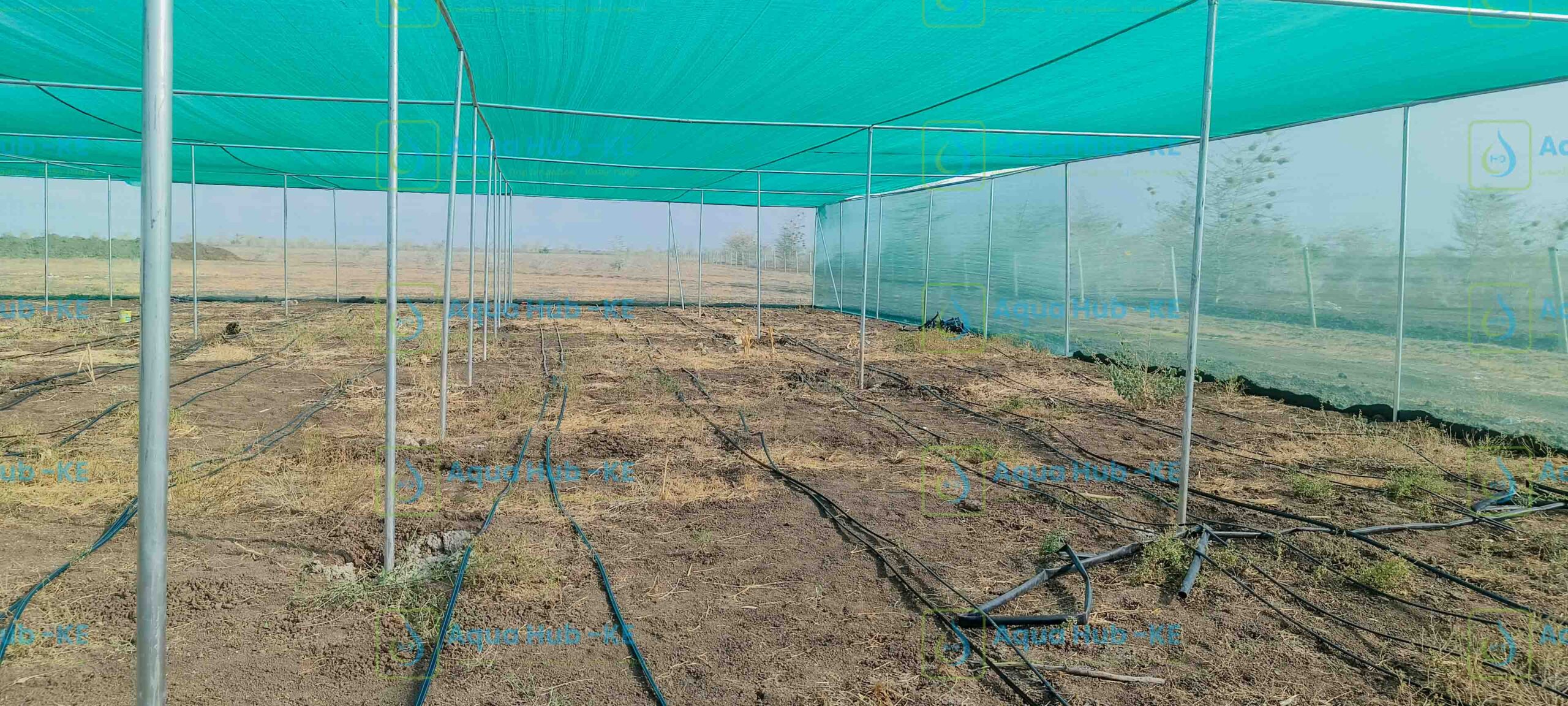
Shade Net prices in Kenya are based on the sunlight percentage of specific shade nets available in the market. If you are in search of quality shade nets for variety of crop specific applications, Aqua Hub Kenya is your trusted supplier.
Get Shade Nets from Aqua Hub
Buying shade nets from us means you get to the best quality that will ensure you grow without worrying about the climate. Our shade nets are well ventilated, made to last long and UV treated to withstand harsh climate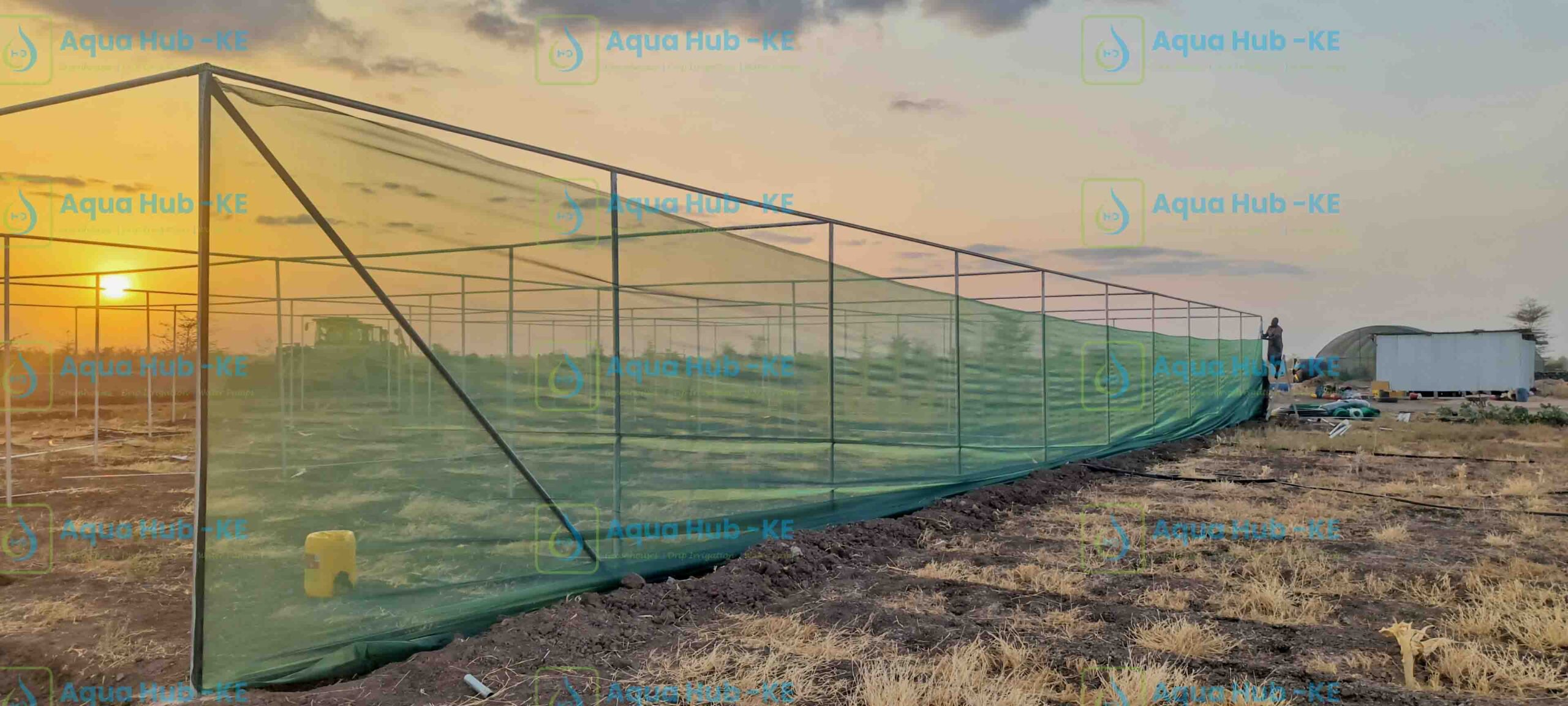
Buying shade nets from Aqua Hub ensures you get expert installation done by our reliable technicians.
Call 0790719020
Specification of Agricultural Shade Nets
- Designed from quality HDPE material
- UV treated in nature
- Dimension of 4 x 50m.
- Available in sunlight penetration types: 35%, 55%, 75% and 90%.
- Colors available are green and black.
Shade Net Prices in Kenya
Shade net prices vary with their rates of sunlight filtration. For high rates of sunlight protection, the weight and price are higher.
Here are our latest shade net prices:
|
Shade Net type (Sunlight Percentage) |
Shade net Prices (Per Square meter) |
|
35% |
KES 13,000 |
|
55% |
KES 19,000 |
|
75% |
KES 26,000 |
|
90% |
KES 36,000 |
Why Shade Nets are Vital in Agriculture
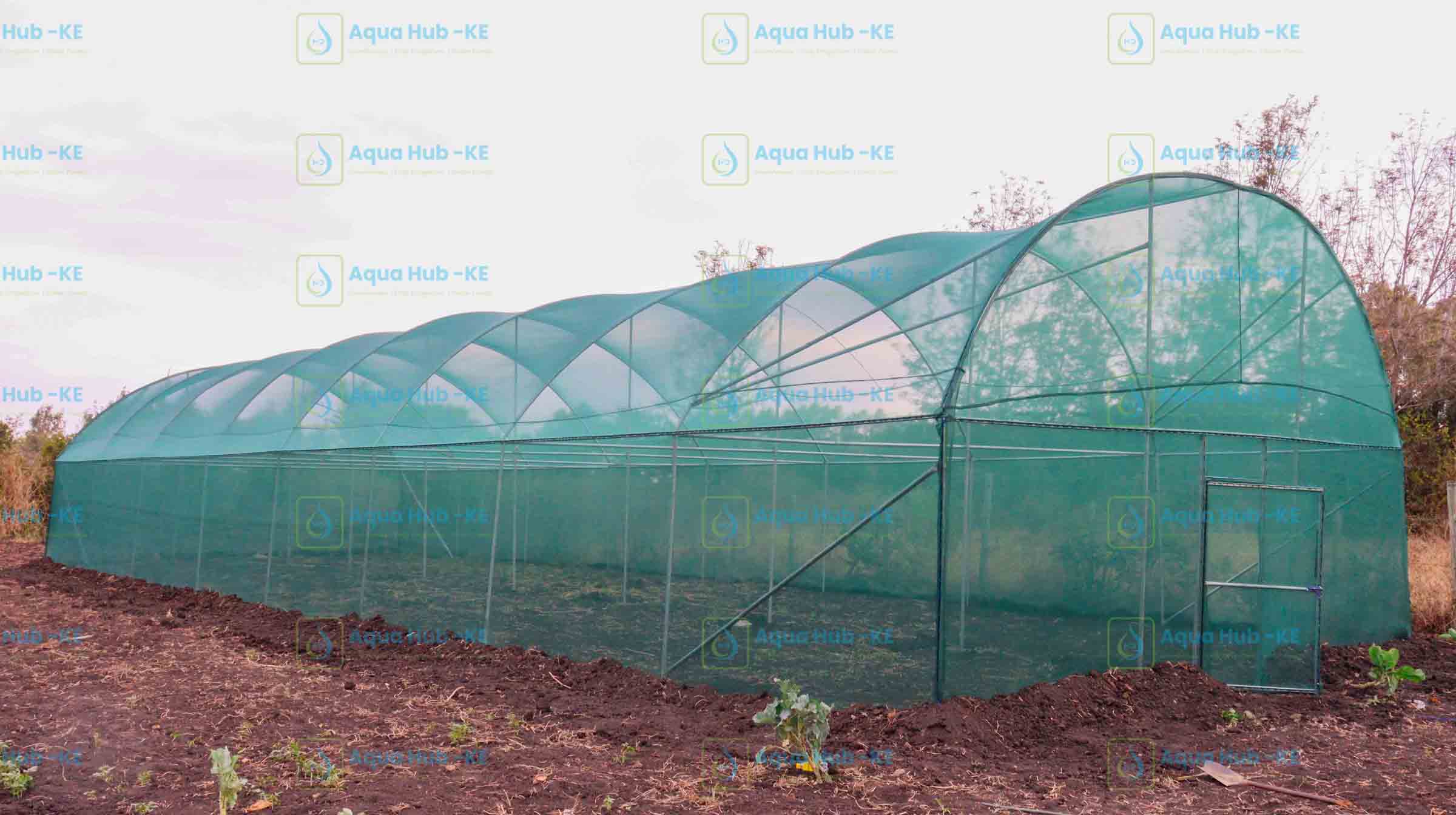
Sunlight is important for crop germination and growth, but the rate of sunlight requirement varies from one crop to another. Some crops require high sunlight, others moderate while some need low sunlight to survive. With the use of shade nets, it is easier to control the sunlight and humidity thus ensuring optimal crop growth.
What are the Features of Shade Nets
- Breathable: the shade net material is a mesh fabric and enhances air entry for temperature control.
- Flexible material – it can stretch and for that reason, installation becomes easier.
- Color – available in colors that absorb heat and blend with the environment. Black color for cold areas.
- Material strength – HDPE material is tough and resistant to mechanical tear during transportation, installation and time of use.
- Standard dimension – available at size of 4 by 50 m. standard roll measurement, the required size depends on the size of the shade net structure you want.
- Durability – shade nets being made from polythene materials are long lasting in nature, they can remain in good condition for 2 years.
- Light distribution – due to equal mesh holes, the sunlight that penetrates is the same for all surfaces of the net.
- Low density – light in nature thus easier to transport, lift or install.
What are the Benefits of Shade Nets
- Temperature regulation – too much sunlight results in leaf burns, excessive evaporation and wilting which affects yield in crop production. By reducing sunlight rate, shade nets lower temperature to an optimal level which is best for crops to generate maximum yield.
- Water Loss prevention – growing inside shade houses enhances water use efficiency because low sunlight reaches crops and soil meaning reduced evaporation.
- Boosts Production – Enhances crop production in unfavorable climatic conditions. In places where temperature is very high, shade nets act as stabilizers.
- Low wind impact – the impact of the wind in tall growing crops such as tomato, capsicum, and flowers often results to low yield. However, with shade nets, the wind strength and speed is reduced and thus no damage to stems, flowers or leaves.
- High quality yield – because the optimal growing conditions are matched, the crop yield is of high quality.
- Low pest pressure – shade net structures also prevent pest accumulation because of optimal temperature and crop spacing.
- Long harvest season – when compared to open field farming, crops grown inside shade structures have a long harvest season.
- Continuous annual production – you can grow crops at any time in a season since growing conditions are met.
Types of Agricultural Shade Nets
Shade nets are categorized into two common types based on their sunlight penetration and material. Shade nets can either be knitted or woven types.
The popular types of shade nets are knitted ones which are popular for use in agricultural activities.
Types of Knitted Shade Nets
- 35% Shade Net – the lowest shade net percentage with ability to block 35% of the sun’s rays. The remaining 65 % percent penetrates and enhances optimal temperature for crop growth.
- 55% shade net – medium sunlight penetration shade net which blocks 55% of the sunlight rays. It allows 45% sunlight to reach plants. Ideal for plants that require slightly lower sunlight.
- 75% shade net – type of shade net percentage that blocks 75% of sunlight from reaching the crop field. The remaining 25% of sunlight enables the crops which are low sunlight requirement to grow without damage by the sun.
- 90% shade net – least sunlight penetration shade net that keeps away 90 % sunlight. Only allows in 10 % of the remaining sunlight rays.
How to determine the Best Shade Net
Choice of the best shade net you need depends on several factors explained below.
- Crop type – the specific crop you are cultivating determines which shade net material to use.
- Material – the environment or climate conditions of your region determines which shade net material would be ideal to use.
- Size of the farm – the farm size is important when planning for the number of shade nets to use and the cost.
- Intended Application – shade nets can also be applicable in other uses apart from agriculture. So, it’s best to define your application to ensure you land the best suited one. For example, covering fishponds, the best net would be a 90% shade net.
- Fabric strength – you can test the fabric strength by feeling the texture. Often, rough fabrics are often tensile and thus reliable.
- Manufacturer or supplier – it is good to check the reviews and reputation of the supplier or manufacturer to ensure it deals with quality materials.
Enjoy Friendly Shade Net Prices from Aqua Hub
Are you in search of quality affordable shade nets? Aqua Hub Kenya helps you kickstart your seasonal cultivation with quality shade nets designed for harsh environment.
Call 0790719020

